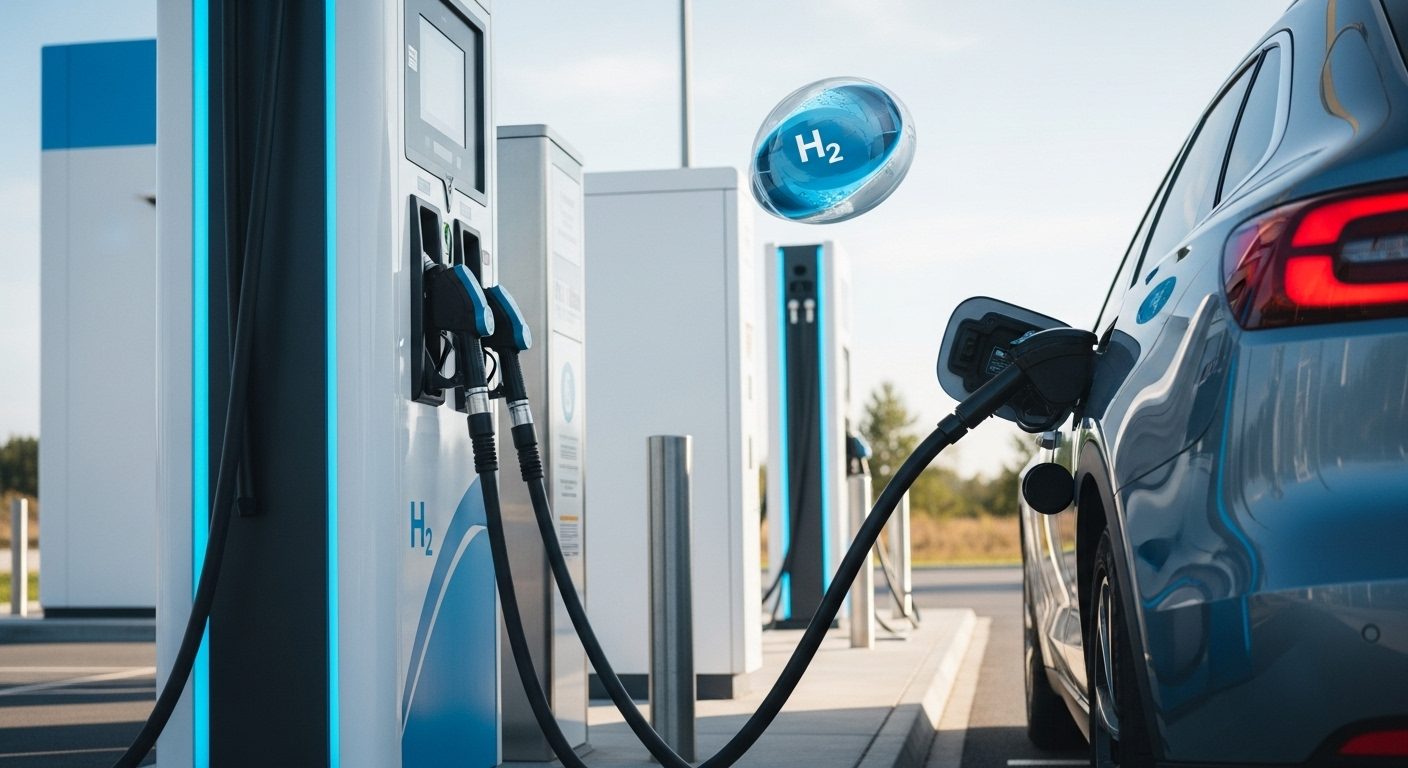Onboarding drivers and stations: identity and access controls for refueling
Effective onboarding of drivers and fuel stations is essential to secure and efficient refueling for fleet operations. This article explains identity checks, payment controls, authorization flows, telematics links, fraud protections and expense handling needed to make onboarding reliable and compliant across multiple currencies and tax regimes.

Onboarding drivers and stations for refueling requires more than handing out a card or credential: it means establishing trusted identity, clear access rules, payment controls and reporting to protect budgets and ensure regulatory compliance. For fleets operating across regions and currencies, a well-defined onboarding process reduces fraud, simplifies invoicing and ties every transaction back to the right vehicle and duty.
How does fleet identity verification work?
Establishing driver and station identities starts with collecting verifiable attributes: driver license data, vehicle assignment, company affiliation and, for stations, merchant registration and terminal identifiers. Identity verification can be layered: automated document checks, background checks (where permitted), and on-going attestations when roles or vehicles change. Linking IDs to a telematics VIN, driver login or mobile app session helps ensure the person swiping or tapping is authorized for that vehicle and route.
What payment and tokenization options support refueling?
Payment controls for refueling balance convenience and security. Common approaches include physical or virtual fuel cards, tokenized card numbers for one-time or recurring authentication, and account-based invoicing. Tokenization replaces card PANs with tokens, reducing exposure in station systems. Payment rules can restrict fuel types, volumes, daily limits and approved locations; integrating these rules at onboarding prevents misuse from the start.
How can telematics and authorization reduce fraud?
Telematics integration ties location and vehicle telemetry to refueling events, enabling real-time authorization rules—such as requiring that refueling occurs within a set radius of the vehicle’s last known GPS location or during a driver’s assigned shift. Authorization workflows can require multi-factor checks for high-value transactions and flag mismatches for manual review. Cross-checking OBD or telematics data with pump timestamps reduces odometer tampering and ghost fueling.
How to manage invoicing, VAT and multicurrency expenses?
A robust onboarding process captures billing entities, VAT numbers, and preferred invoicing formats so transactions map cleanly to accounting systems. For fleets crossing borders, setting currency preferences and VAT treatment per vehicle or driver avoids downstream reconciliation headaches. Expense classification rules assigned during onboarding—fuel versus non-fuel, taxable supplies, or reimbursable allowances—ensure automated posting to ledgers and simplify audits.
What role do compliance and analytics play?
Compliance during onboarding covers data protection, tax regulations and payment rules. Collect only the minimum identity data required and store it per applicable privacy laws. Analytics provide early detection of anomalous patterns: unusually frequent refuels, out-of-route pumps, or repeated declines. Building monitoring dashboards at onboarding—defining KPIs such as average liters per vehicle or station variance—helps organizations iterate access rules and review exceptions.
| Provider Name | Services Offered | Key Features/Benefits |
|---|---|---|
| WEX | Fuel card programs, payment processing, reporting | Global acceptance, detailed spend controls, invoice consolidation |
| Fleetcor | Fleet payment solutions, virtual cards, telematics integrations | Multi-brand acceptance, extensive merchant network, customizable limits |
| Shell Fleet Solutions | Fuel cards, driver and vehicle controls, reporting | Large retail network, VAT and invoicing support in many markets |
| BP Fleet Solutions | Fuel cards, mobile payments, analytics | Integrated station network, mobile-enabled authentication, expense tools |
Prices, rates, or cost estimates mentioned in this article are based on the latest available information but may change over time. Independent research is advised before making financial decisions.
Which onboarding controls should be prioritized?
Prioritize these controls at the start: clear identity proofing for drivers, secure station registration and terminal binding, payment tokenization, rule-based authorization (amount, time, location), and integration points to telematics and accounting. Ensure role-based access so dispatchers, fleet managers and drivers have appropriate permissions. Regular re-certification—reviewing drivers and station contracts quarterly or semi-annually—keeps the network up to date.
How to handle exceptions and disputes?
Define dispute workflows before they occur. During onboarding, collect contact and contract details for stations and drivers so chargebacks and mismatches can be investigated. Implement automated flags for anomalies and an escalation path that includes evidence: pump receipts, telematics logs and driver attestations. Centralized documentation speeds resolution and preserves evidence for compliance or tax audits.
Conclusion A disciplined onboarding program for drivers and stations combines identity verification, secure payment tokenization, telematics-linked authorization and clear invoicing rules to reduce fraud and administrative friction. By embedding these controls and maintaining periodic reviews, organizations can improve visibility into fuel spend, simplify expense reporting across currencies and VAT regimes, and protect operational budgets while supporting day-to-day refueling needs.






